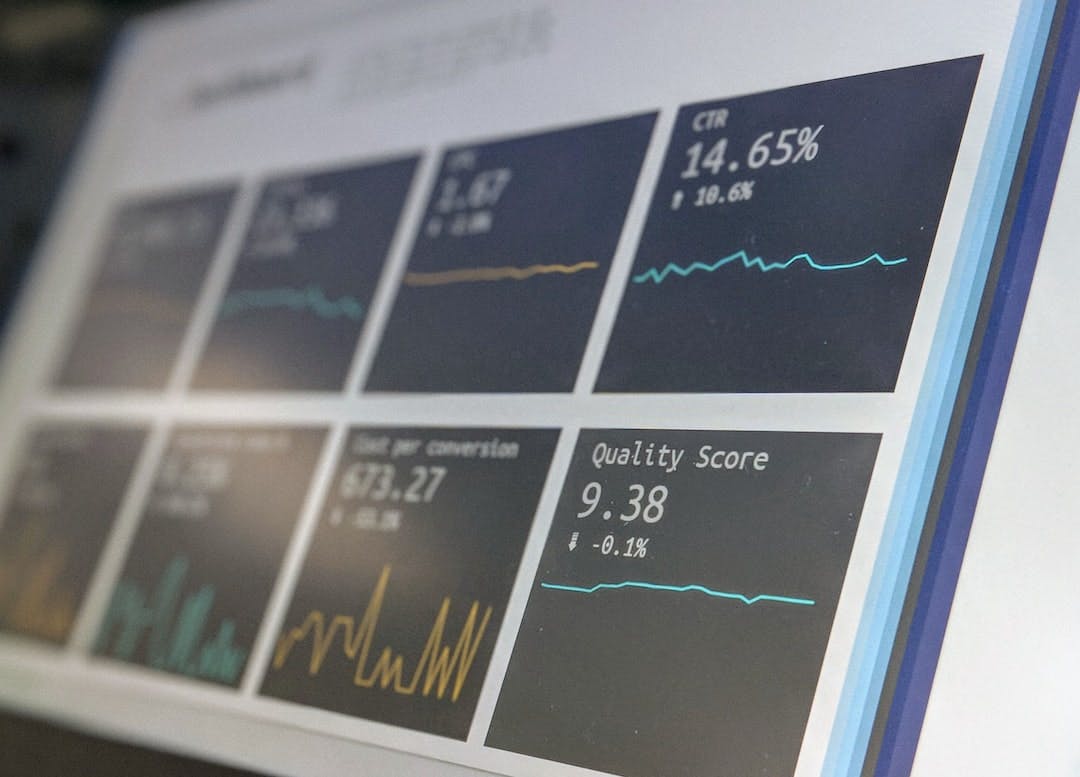Share
Explore

Observation October 2022
1 | Table of Content:
2| Instruction Rubric
These are detailed explanations of each rubric and the assessment criteria for the Field Experience Evaluation
U - Unsatisfactory
B - Basic
P - Proficient
D - Distinguished
DOMAIN 1: PLANNING AND PREPARATION
DOMAIN 2: LEARNING ENVIRONMENTS
DOMAIN 3: INSTRUCTION [LEARNING EXPERIENCES]


DOMAIN 4: PROFESSIONAL RESPONSIBILITIES [PRINCIPLED TEACHING]
3| Instruction Rubric
These are detailed explanations of each rubric and the assessment criteria for the Professional Education Dispositions
N–Not able to Assess
U–Unacceptable
I–Improvement Needed
M–Meets Standards
PLANNING AND INSTRUCTION
1.Preparation:
The pre-service teacher candidate comes prepared for all lessons with material ready to go and lesson plans thorough and reviewed prior to teaching.
2.Knowledge:
The pre-service teacher candidate demonstrates content and pedagogical knowledge about the subject area.
3.Flexibility:
The pre-service teacher candidate constantly critiques his or her instructional decisions and adapts the lesson as needed, based on student need.
4.Inclusiveness:
The pre-service teacher candidate appreciates and capitalizes upon student diversity.
5.Facilitator:
The pre-service teacher candidate uses flexible grouping and encourages students to take responsibility for their learning
6.Creativity:
The pre-service teacher candidate exhibits creative thinking and nurtures and supports creativity in the classroom.
LEARNING ENVIRONMENT & MANAGEMENT
COMMUNICATION
7.Respect:
The pre-service teacher candidate develops a rapport with the students and creates an environment of mutual respect.
8.Acceptance:
The pre-service teacher candidate is sensitive to individual differences and promotes understanding of students’ various cultural traditions and learning strengths and needs.
9.Fairness:
The pre-service teacher candidate treats all children fairly and promotes fairness in students’ interactions with others.
10.Oral Communication:
The pre-service teacher candidate is articulate, personable, and animated with few grammatical errors in his or her speech.
11.Written Communication:
The pre-service teacher candidate clearly organizes and communicates ideas in writing with few spelling, usage, or grammatical errors.
PROFESSIONALISM
12.Appearance:
The pre-service teacher candidate is professional in grooming and dress and does not cause a distraction in the learning environment.
13.Demeanor:
The pre-service teacher candidate is professional and congenial in interactions with students, peers, teachers, parents, and others.
14.Attendance:
The pre-service teacher candidate is reliable and punctual in attendance
15. Participation:
The pre-service teacher candidate actively participates in classroom and school responsibilities and functions
16.Collaboration:
The pre-service teacher candidate engages in thoughtful collaboration with peers, teachers, and other school personnel.
17.Work Ethic:
The pre-service teacher candidate thoroughly and accurately completes tasks/assignments in a timely manner.
PROFESSIONAL GROWTH
18.Reflective Practitioner:
The pre-service teacher candidate regularly examines his or her classroom practices and reflects critically on what can be improved or modified.
19.Open-mindedness:
The pre-service teacher candidate consistently accepts and utilizes constructive criticism from cooperating teachers and university faculty and supervisors.
20.Adaptability:
The pre-service teacher candidate demonstrates the ability to adapt to all aspects of school culture and to change and acclimate to changing responsibilities, materials, and schedules.


4| Graphical Analysis Per Segment
Early Childhood| PRE-K
Field Experience Evaluation
DOMAIN 1: PLANNING AND PREPARATION
Basic: 71% | 15/21
Proficient: 29% | 6/21
DOMAIN 2: LEARNING ENVIRONMENTS
Basic: 19% | 4/21
Proficient: 81% | 17/21
DOMAIN 3: INSTRUCTION
Basic: 57% | 12/21
Proficient: 43% | 9/21
DOMAIN 4: PROFESSIONAL RESPONSIBILITIES
Basic: 29% | 6/21
Proficient: 71% | 15/21
TOTAL SCORE
Professional Education Dispositions
PLANNING & INSTRUCTION
Meets Standards: 71%|15/21
Improvement Needed: 29%|6/21
PROFESSIONALISM
Meets Standards: 95% | 20/21
Improvement Needed : 5% | 1/21
ENVIRONMENT & MGNT
Meets Standards: 86% |18/21
Improvement Needed: 14%|3/21
PROFESSIONAL GROWTH
Meets Standards: 86% | 18/21
Improvement Needed: 14%|3/21
COMMUNICATION
Meets Standards: 81%|17/21
Improvement Needed: 19%| 4/21


Elementary |
Field Experience Evaluation
DOMAIN 1: PLANNING AND PREPARATION
Basic: 61% | 20/33
Proficient: 33% | 11/33
Unacceptable: 6% | 2/33
DOMAIN 3: INSTRUCTION
Basic: 53% | 17/32
Proficient: 44% | 14/32
Unacceptable: 3% | 1/32
DOMAIN 2: LEARNING ENVIRONMENTS
Basic: 36% | 12/33
Proficient: 61% | 20/33
Unacceptable: 3% | 1/33
DOMAIN 4: PROFESSIONAL RESPONSIBILITIES
Basic: 19% | 6/31
Proficient: 64% | 20/31
Unacceptable: 16% | 5/31
TOTAL SCORE
Professional Education Dispositions
PLANNING & INSTRUCTION
Meets Standards: 76% | 26/34
Improvement Needed: 24%| 8/34
PROFESSIONALISM
Meets Standards: 100% | 33/33
ENVIRONMENT & MGNT
Meets Standards: 97% | 33/34
Improvement Needed : 3% | 1/34


COMMUNICATION
Meets Standards: 91% | 31/34
Improvement Needed : 9% | 3/34
PROFESSIONAL GROWTH
Meets Standards: 91%|30/33
Improvement Needed : 6%|2/33
Not able to Assess: 3%| 1/33
Secondary |
MATHS AND SCIENCE OBSERVATION
Field Experience Evaluation
Professional Education Dispositions
DOMAIN 1: PLANNING AND PREPARATION
Basic
DOMAIN 2: LEARNING ENVIRONMENTS
Proficient
DOMAIN 3: INSTRUCTION
Basic
PLANNING AND INSTRUCTION
Meets Standards
LEARNING ENVIRONMENT & MANAGEMENT
Meets Standards
COMMUNICATION
Meets Standards
PROFESSIONALISM
Meets Standards
PROFESSIONAL GROWTH
Meets Standards


Holmes |
SECONDARY
Field Experience Evaluation
DOMAIN 1: PLANNING AND PREPARATION
Basic: 38% | 3/8
Proficient: 50% | 4/8
Unacceptable: 12% | 1/8
DOMAIN 3: INSTRUCTION
Basic: 50% | 4/8
Proficient: 38% | 3/8
Unacceptable: 12% | 1/8
DOMAIN 2: LEARNING ENVIRONMENTS
Basic: 12% | 1/8
Proficient: 88% | 7/8
DOMAIN 4: PROFESSIONAL RESPONSIBILITIES
Basic: 50% | 4/8
Proficient: 50% | 4/8
TOTAL SCORE
Alt Cert XCSTE |
Field Experience Evaluation
Professional Education Dispositions
DOMAIN 1: PLANNING AND PREPARATION
Basic
DOMAIN 2: LEARNING ENVIRONMENTS
Basic
DOMAIN 3: INSTRUCTION
Basic
DOMAIN 4: PROFESSIONAL RESPONSIBILITIES
Basic
PLANNING AND INSTRUCTION
Improvement Needed
LEARNING ENVIRONMENT & MANAGEMENT
Improvement Needed
COMMUNICATION
Improvement Needed
PROFESSIONALISM
Improvement Needed
PROFESSIONAL GROWTH
Improvement Needed


Dual Certification |
Field Experience Evaluation
DOMAIN 1: PLANNING AND PREPARATION
Basic: 67% | 4/6
Proficient: 33% | 2/6
DOMAIN 3: INSTRUCTION
Basic: 67% | 4/6
Proficient: 33% | 2/6
DOMAIN 2: LEARNING ENVIRONMENTS
Basic: 50% | 3/6
Proficient: 50% | 3/6
DOMAIN 4: PROFESSIONAL RESPONSIBILITIES
Basic: 50% | 3/6
Proficient: 50% | 3/6
TOTAL SCORE
5| Graphical Analysis Total
4 DOMAINS X ALLL STUDENTS
Want to print your doc?
This is not the way.
This is not the way.

Try clicking the ⋯ next to your doc name or using a keyboard shortcut (
CtrlP
) instead.